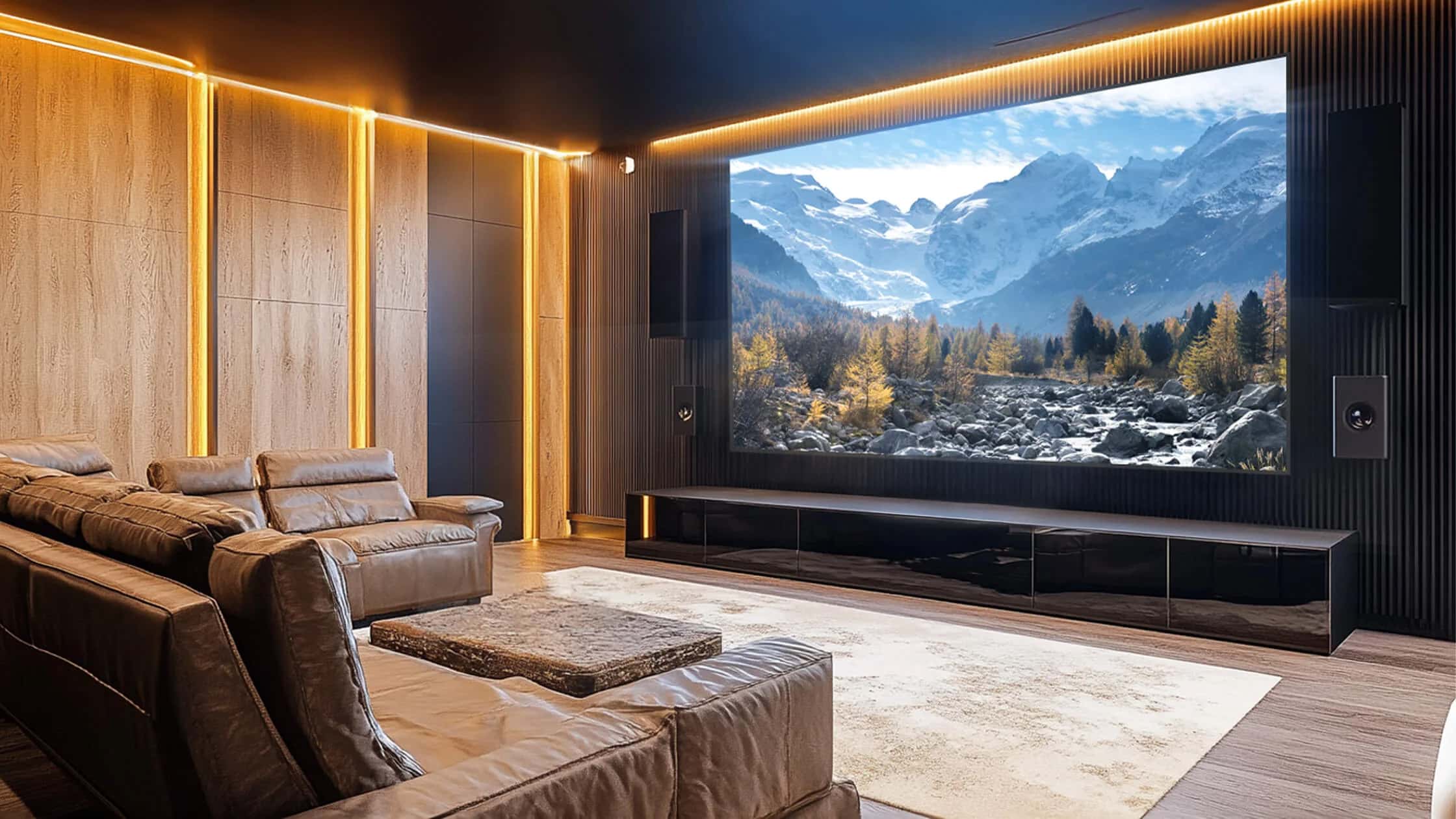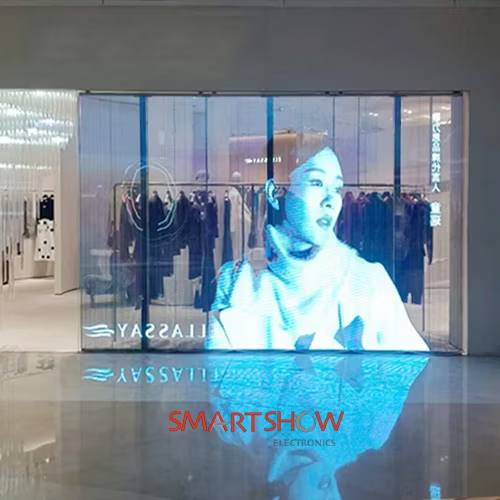

In the fast-moving world of digital signage, transparency isn’t just a buzzword — it’s a design decision. Whether you’re planning a show-stopping retail storefront, a sleek trade show booth, or an interactive product showcase, choosing the right display tech matters. And often, the big question becomes: transparent or semi-transparent LED?
Both display types are used for similar purposes — letting you present dynamic content while still showing what’s behind the screen — but the differences can seriously impact aesthetics, performance, and even power usage.
Let’s break down what sets these two technologies apart and how you can make the right choice for your space.
A transparent LED display is built with a clear mesh or film that allows 55–90% of natural light to pass through. This means you can display digital content on the screen without blocking the view of what’s behind it — be that a product display, store interior, or event backdrop.
You’ve likely seen these used as:
These screens are lightweight, modular, and typically mounted directly onto glass — making them ideal for digital signage for storefront windows or see-through advertising screens that demand a clean look.

A semi-transparent LED screen is similar but typically has a lower transparency ratio (around 30–60%). This design uses a denser pixel grid, which improves image sharpness and brightness but slightly reduces visibility through the screen.
While it doesn’t fully obscure what’s behind, it does create a more solid visual effect, making it more suitable for applications where image clarity and impact matter more than visibility behind the screen.
Common uses include:

| Feature | Transparent LED | Semi-Transparent LED |
|---|---|---|
| Transparency | 55–90% | 30–60% |
| Brightness | Moderate to High | High |
| Image Detail | Good | Better (denser pixel pitch) |
| Ideal Use | Windows, showrooms, lobbies | Exhibits, stage backdrops, trade shows |
| Aesthetic | Minimal, sleek, barely visible | Bolder, more visual presence |
| Cost | Generally higher | Slightly lower for same size |
This makes them perfect for luxury store digital signage, transparent LED signage for malls, or even transparent LED screens for brand activation in premium retail.

Many companies choose semi-transparent displays for trade fairs, museums, or indoor pop-ups where visual impact outweighs full transparency.

Both types are more energy-efficient than traditional LED video walls, but transparent LED displays typically use less power, thanks to their higher light transmission and fewer LEDs per panel.
Still, semi-transparent displays can outperform in terms of brightness and punch — especially for daytime use in bright environments or outdoor transparent display setups.
A recent project by SeeThruDisplay involved a hybrid configuration — using transparent video walls in the retail-facing sections and semi-transparent screens internally for product education and motion graphics. This approach helped balance power usage, visual impact, and cost.
At the end of the day, both transparent and semi-transparent LED screens have a role in modern digital storefronts, event activations, and creative marketing environments.
Think of transparent LED as a canvas for elegance and subtlety, while semi-transparent is your tool for bold storytelling.
And as this technology becomes more accessible, choosing the right display is less about price and more about intent — what do you want your customers to see, feel, and remember?
As brands look for ways to innovate in physical spaces without overwhelming them, transparent and semi-transparent LED displays offer exciting possibilities. They’re not just screens — they’re storytelling tools that blur the line between digital and physical environments.
If you’re planning a transparent screen installation, it’s worth exploring both options — especially with providers who understand how to tailor displays to your exact space, lighting, and content needs. Companies like SeeThruDisplay continue to push the boundaries of what’s possible with see-through LED technology — helping brands create experiences that shine through the glass.